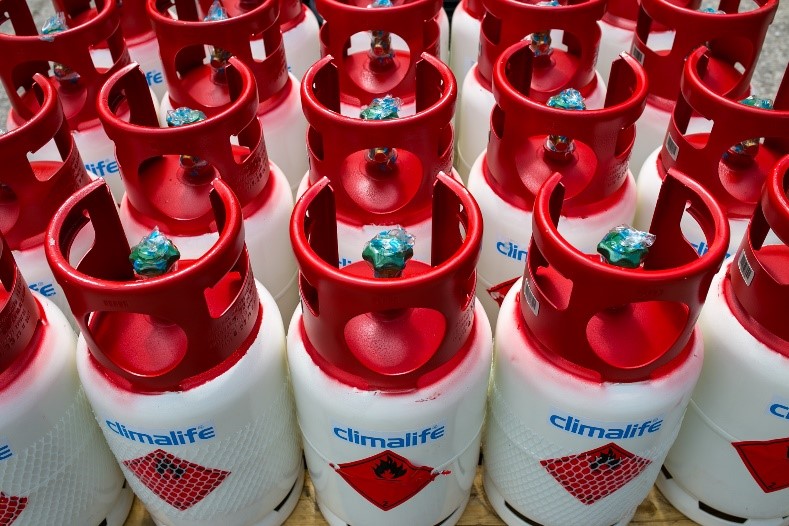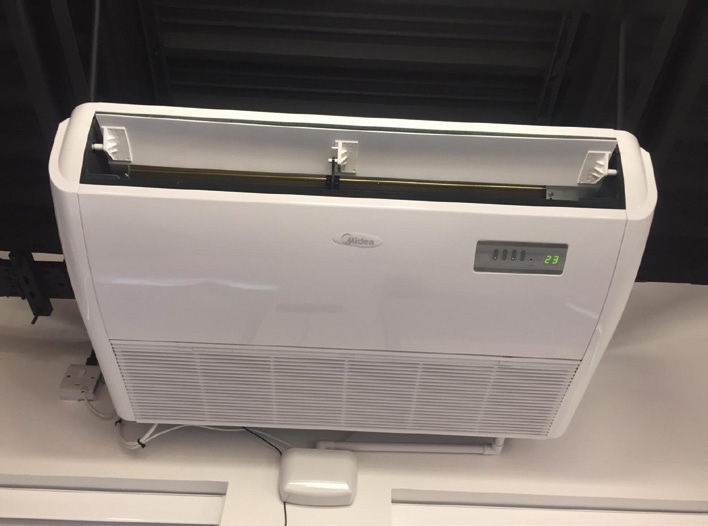Low GWP Refrigerants are the new normal
Climalife UK
Every few years we see a shift in the usage pattern of  refrigerants. Next year in 2021, we are expecting that to happen again. The reality is that these changes are gradually happening all the time as the market moves to Low GWP refrigerants. Next year though we will see a further cut of approximately 29% in the F-Gas quota that can be placed on the market. Peter Dinnage, Technical Director, Climalife UK discusses...
refrigerants. Next year in 2021, we are expecting that to happen again. The reality is that these changes are gradually happening all the time as the market moves to Low GWP refrigerants. Next year though we will see a further cut of approximately 29% in the F-Gas quota that can be placed on the market. Peter Dinnage, Technical Director, Climalife UK discusses...
Unlike previous quota cuts that have been spread across the whole of the EU, this one will apply specifically to the UK and the cut will be based on what was placed on the UK market in 2018 and 2019.
Since the last reduction in quota we have seen a rapid move away from R-404A to R-448A and R-449A and new A2L low GWP refrigerants such as R-32, R-1234yf, R-1234ze and blends containing these, being used in new equipment. The market is much better prepared and informed on what it needs to do and what could happen if lower GWP refrigerant uptake isn’t quick enough. The market has found some breathing space in that illegal product in parts of Europe have meant the quota limits have not been impacted as much as expected.
Covid-19 and the ban on virgin refrigerants with a GWP >2500 has also had an effect on quota demand this year. However, the remainder of this year is the time to benefit from doing conversions of high GWP systems before quota tightens up again.
The major reductions in quota will now have to come in the selection of refrigerant for new equipment, but that carries with it increased demands for energy efficiency and carbon reductions as we cannot hide from the fact that cooling demands are likely to increase and energy use must be as efficient as possible to ensure carbon neutral targets can be met.
Interest in moving to low GWP refrigerants has never been greater and equipment manufacturers are rising to the challenge.

The use of R-744 (CO2) in large supermarkets continues and R-717 (Ammonia) is gradually replacing old R-22 equipment in the industrial sector, but neither of these refrigerants can provide the answer for all cooling equipment used in their respective sectors.
We are starting to see the emergence of equipment from a number of suppliers using the low GWP A2L refrigerants such as R-454A, R-454C and R-455A, two of which have a GWP below 150 and the third can be used in noncommercial applications and multipack systems up to 40KW after 2022. All three offer energy efficiency and life time cost gains compared to R-744. Condensing units running on these A2L refrigerants are now available from an increasing number of manufacturers and each are claiming improved energy efficiency.

In the air conditioning sector, we have seen R-32 with a GWP of 675, rapidly become the refrigerant of choice instead of R-410A (GWP 2088) in small split systems and equipment manufacturers are now extending the use of R-32 into larger systems and smaller VRF systems where EN 378 will allow. R-454B with a GWP of 466 is being used in some smaller chillers from a number of manufacturers instead of R-410A and in preference to R-452B with a GWP of 698. R-466A with a GWP of 733 is still being evaluated by manufacturers but is not commercially available yet.
In larger medium pressure chillers R-1234ze and R-513A are currently the lower GWP refrigerants of choice and Honeywell have recently launched R-515B (GWP 293) a non-flammable alternative with low environmental impact in applications where long term solutions (such as R-1234ze) could not be implemented for regulatory reasons. It is not a retrofit option for R-134a as its capacity is much less. Low pressure chillers seem to be making a come back and are using R-1233zd a very low GWP A1 refrigerant. The phase down steps every three years create the need to use the lowest GWP possible in new equipment.
This affects different types of equipment at different speeds depending upon the complexity of change required in equipment design and performance.
The current F-Gas legislation review to assess its effectiveness and explore further measures may bring some changes for the future which could affect the higher GWP products.
Right now, the most effective control that can bring about change is to enforce compliance of current legislation in terms of illegal imports, compliance with leak check regimes, correct practices, training and qualifications.
In the UK we will be able to make changes of our own to suit our own market, but it is expected that any changes to the EU legislation will not be until 2022 or 2023 and are likely to be followed by the UK.
The use of A2L refrigerants is growing and becoming much more common place with more and more equipment coming to market. The need for good practice and risk assessment is understood by those using these products.
R-32 (GWP 675), R-454A (GWP 239), R-454C (GWP 148), R-455A (GWP 148) R-1234yf and R-1234ze are no longer the new kids on the block

